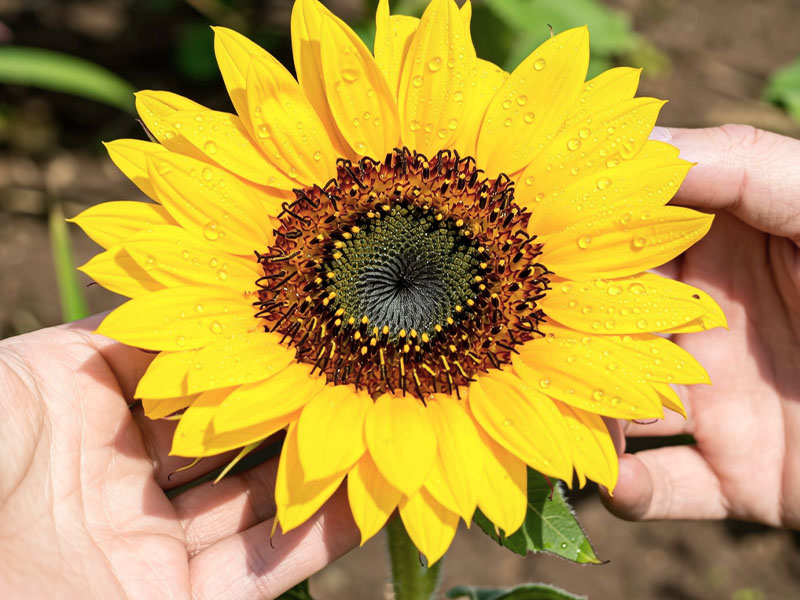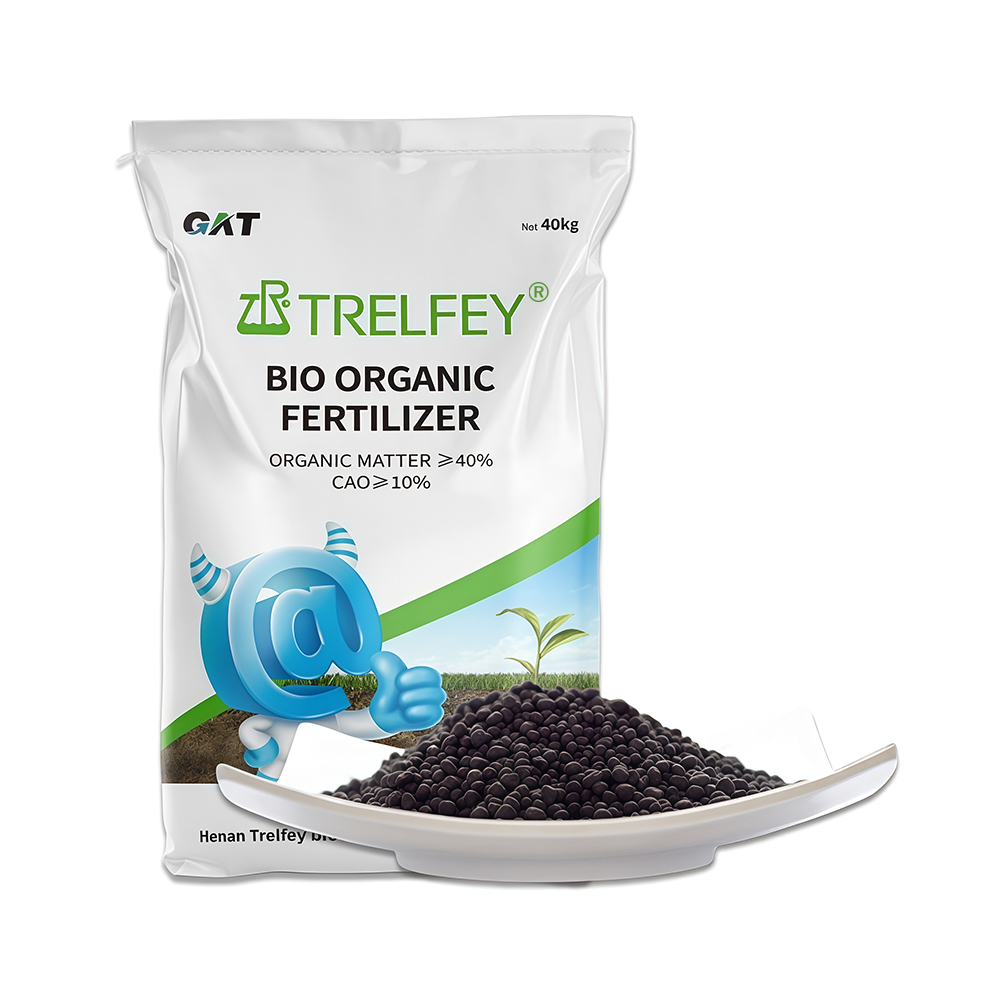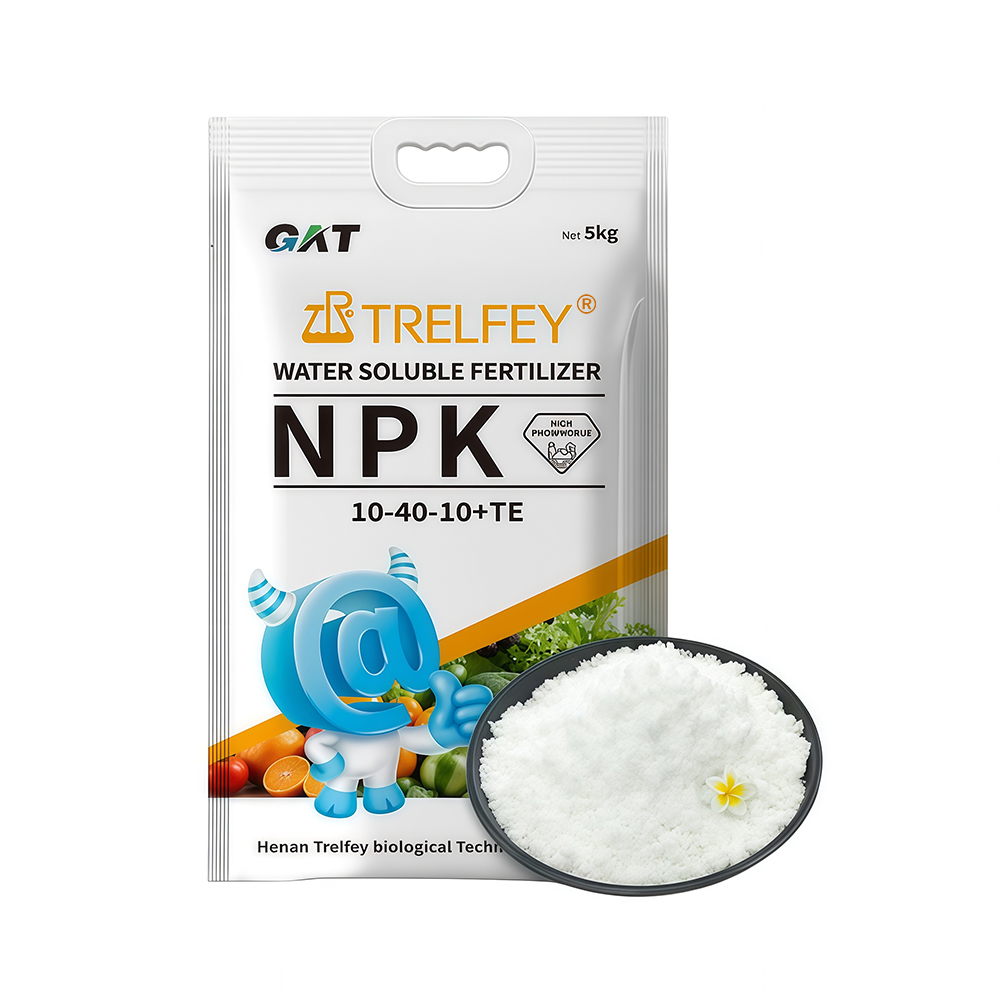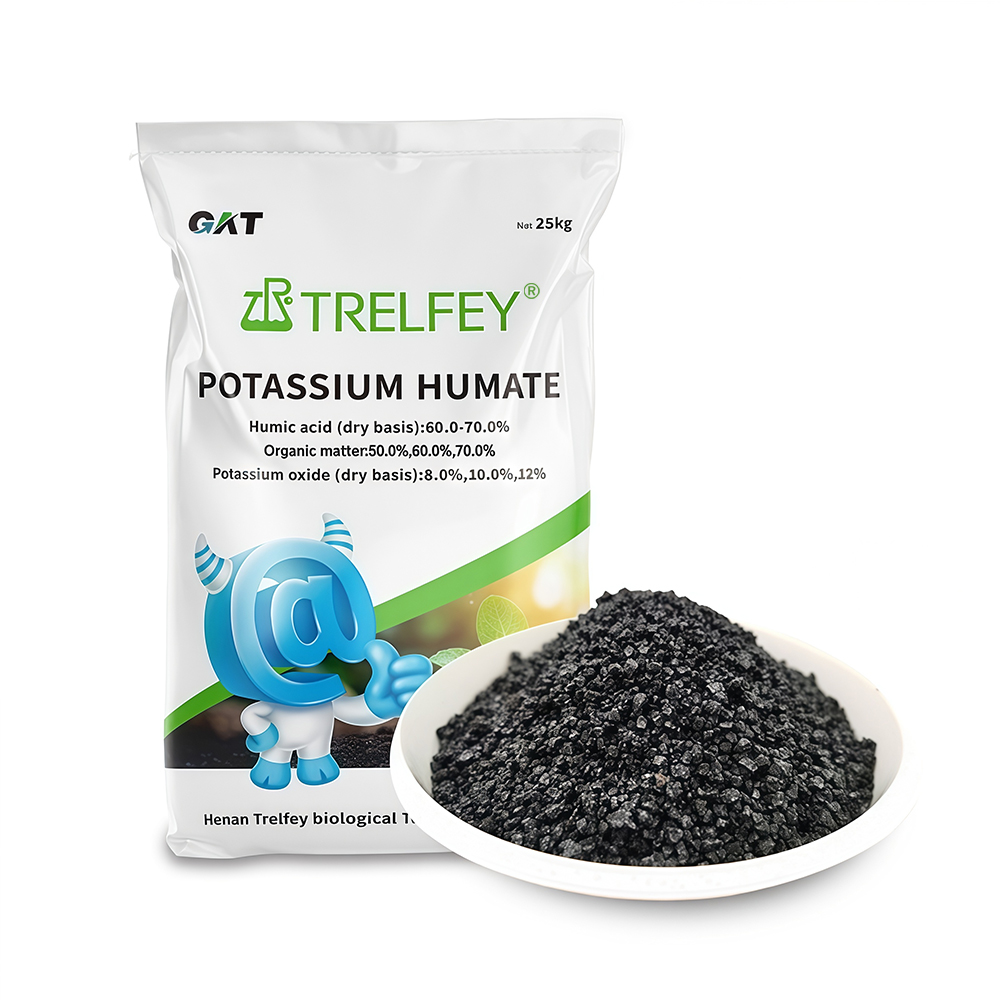Sunflower Planting Harvest Guide
Maximizing Yield with Scientific Techniques and Solutions
Introduction
Sunflower (Helianthus annuus) is not only an important oilseed crop but also a beautiful addition to the global agricultural landscape. As a fertilizer factory specializing in agricultural solutions, we understand the challenges farmers face in maximizing sunflower yield and quality. This comprehensive guide integrates scientific research and practical field experience to address key pain points in sunflower cultivation, from soil preparation to harvest. We’ll explore common problems and their evidence-based solutions, with reference to international best practices and appropriate fertilizer applications that can enhance your sunflower production.
Sunflower cultivation requires careful attention to detail and understanding of the plant’s growth patterns. With the right techniques, you can significantly improve your yield and oil quality while reducing losses from pests, diseases, and environmental stresses. This guide draws from global research and to provide you with the most current recommendations for successful sunflower farming.
1. Sunflower Growth Stages and Management Practices
1.1 Understanding Sunflower Developmental Phases
Sunflowers progress through four distinct growth stages during their 85-120 day life cycle . The seedling stage typically lasts 35-50 days (28-35 days for summer planting), during which the plant develops its leaf structure and root system. This is followed by the bud stage (approximately 20 days), which represents the period of most vigorous growth. The flowering stage lasts 6-9 days, and finally the maturation stage takes 25-55 days for spring planting or 25-40 days for summer planting .
During the seedling stage, the plant’s energy is focused on developing a strong root system and leaf structure. This is a critical period for establishing the plant’s potential, and stress during this phase can significantly impact final yield. The root system develops rapidly during this stage, becoming quite extensive , which is why proper nutrition early on is crucial for supporting this development.
1.2 Key Management Practices for Each Growth Stage
At each growth stage, sunflowers have specific requirements:
During seedling establishment: Focus on weed control and ensuring adequate moisture. Sunflowers are particularly sensitive to weed competition during this early growth phase . Consider using our Root Growth Enhancing Microbial Agent to support strong root development.
During bud formation: This is when nutrient demand peaks, especially for phosphorus which supports flower development. Ensure adequate moisture availability as water stress during this period can drastically reduce yield.
During flowering: Pollination becomes critical. Consider introducing beehives near fields to improve pollination rates . Our Amino Acid + Trace Elements Liquid Fertilizer can be applied during this stage to support plant health.
During maturation: Protect plants from birds and minimize water stress to ensure proper seed filling. Our 10-5-45 Water-Soluble Fertilizer with high potassium content supports optimal seed development during this phase.
2. Common Sunflower Cultivation Challenges and Scientific Solutions
2.1 Soil Depletion and Nutrient Management
Sunflowers are heavy feeders that can significantly deplete soil nutrients. Research shows that sunflowers should be planted in the same field only once every five years to prevent excessive soil exhaustion . The problem is particularly pronounced with nitrogen, phosphorus, and potassium depletion.
Solution: Implement crop rotation with cereals like barley, rye, oats or wheat . Before planting sunflowers, consider soil application of our Slow-Release Organic Fertilizer at 2 tons per hectare, which provides organic matter and slowly releases nutrients. For soils with low organic matter, our Lignite Humic Acid Powder can help improve nutrient retention capacity.
According to research published in the Vietnam Agricultural Journal (2023), proper crop rotation combined with organic matter incorporation can improve sunflower yields by 25-30% while reducing fertilizer requirements by up to 20%.
2.2 Weed Competition and Control Measures
Weeds represent a significant challenge in sunflower cultivation, particularly during the early growth stages. Sunflowers are especially sensitive to weed competition, which can lead to stunted growth and reduced yields .
Solution: Implement an integrated weed management approach:
Use pre-planting tillage to eliminate existing weeds
Apply pre-emergence herbicides carefully to avoid damaging sunflower seeds
Consider mechanical cultivation between rows during early growth stages
Use our recommended herbicide-compatible fertilizer programs
For fields with persistent weed problems, consider using our Microbial Bio-organic Fertilizer which enhances sunflower vigor and improves their ability to compete with weeds.
2.3 Water Management and Drought Stress
Although sunflowers are relatively drought-tolerant, water stress at critical growth stages can severely impact yield. The most sensitive periods are bud formation and seed filling stages.
Solution: Implement water conservation practices such as:
Conservation tillage to preserve soil moisture
Timely irrigation based on growth stage needs
Use of moisture-retention products like our Potassium Humate Granules which can improve water retention in soil by up to 30%
Research from the International Sunflower Association indicates that proper water management during critical growth stages can improve yields by 35-40% in drought-prone regions.
3. Scientific Fertilization Strategies for Sunflower
3.1 Nutrient Requirements Based on Growth Stages
Sunflowers have specific nutritional needs at different growth stages. According to research from Wikifarmer, for every 2.24 tons of sunflower seeds produced per hectare, the crop requires approximately 32 kg of nitrogen, 11.3 kg of phosphorus, 16.8 kg of potassium, 3.6 kg of sulfur, and 2-3 kg of boron .
Pre-planting fertilization: Incorporate our 21-21-21+TE Water-Soluble Fertilizer into the soil before planting to ensure balanced nutrition from the early stages.
Vegetative stage: Focus on nitrogen application to support leaf and stem development. Our 30-10-10 Water-Soluble Fertilizer provides the high nitrogen content needed during this growth phase.
Flowering and seed development stage: Potassium becomes crucial for proper seed filling and oil formation. Our 10-5-45 Water-Soluble Fertilizer is specially formulated to meet these needs.
3.2 Addressing Micronutrient Deficiencies
Sunflowers are particularly sensitive to boron and zinc deficiencies, which can lead to empty seeds and reduced oil content.
Boron deficiency: Leads to hollow seeds and poor pollination. Apply boron fertilizers at a rate of 2-3 kg per hectare, either as soil application or foliar spray. Our Amino Acid + Trace Elements Liquid Fertilizer contains readily available boron in chelated form for better plant uptake.
Zinc deficiency: Results in stunted growth and reduced leaf size. Apply zinc sulfate at 5-10 kg per hectare or use foliar applications of chelated zinc during early growth stages.
Research from the International Journal of Agricultural Science (2023) shows that proper micronutrient management can increase sunflower yields by up to 18% and oil content by 3-5%.
3.3 Foliar Feeding and Supplemental Nutrition
Foliar fertilization provides an efficient method for addressing immediate nutrient needs and correcting deficiencies during critical growth stages. The best times for foliar application are during early morning or late evening when temperatures are cooler and leaf pores are open.
Our recommended foliar program for sunflowers includes:
Bud formation stage: Apply our Amino Acid + Calcium Magnesium Fish Protein Liquid Fertilizer to support flower development
Early flowering stage: Use our MKP (Mono Potassium Phosphate) to enhance flower quality and pollination
Seed filling stage: Apply our 10-5-45 Water-Soluble Fertilizer as a foliar spray to support seed development
4. Advanced Cultivation Techniques for Yield Improvement
4.1 Density Management for Optimal Yield
Plant density significantly influences sunflower yield and quality. Research from Israel shows that for optimal flower production, densities of 50-60,000 plants per hectare (approximately 10×20 cm spacing) are recommended . However, for oilseed varieties, slightly lower densities may be preferred to allow for larger head development.
Factors influencing optimal density:
Soil fertility: Higher fertility allows for higher planting densities
Water availability: Irrigated fields can support higher densities
Variety characteristics: Some hybrids are more tolerant of high densities
4.2 Integrated Pest and Disease Management
Sunflowers are susceptible to various pests and diseases including sunflower moths, aphids, sclerotinia, and downy mildew. An integrated approach is most effective for managing these issues.
Prevention strategies:
Crop rotation to break disease cycles
Use of resistant varieties when available
Proper field sanitation to remove infected plant debris
Treatment approaches:
For insect pests: Consider our recommended integrated pest management strategies
For fungal diseases: Proper fertilization can enhance plant resistance. Our Amino Acid + Trace Elements Liquid Fertilizer helps strengthen plant cell walls against pathogen invasion
4.3 Water Management and Irrigation Strategies
Although sunflowers are relatively drought-tolerant, strategic irrigation at critical growth stages can significantly boost yields. The most water-sensitive periods are from bud formation through flowering and into early seed development.
Efficient irrigation practices:
Avoid excessive irrigation during early growth stages to prevent over-vegetative growth
Focus irrigation efforts during bud development and flowering stages
Reduce irrigation during seed maturation to prevent disease issues
Our Potassium Humate Granules can help improve water use efficiency by enhancing the root system’s ability to extract water from the soil.
5. Harvest and Post-Harvest Management
5.1 Determining Optimal Harvest Time
Proper timing of harvest is crucial for maximizing yield and quality. Sunflowers are ready for harvest when the back of the head turns yellow-brown and the seeds have moisture content below 15% 4. Delayed harvest can result in significant losses from birds, shattering, and disease.
Indicators of harvest readiness:
Head drooping and facing downward
Back of head turns from green to yellow-brown
Seeds are plump and have developed their characteristic stripe pattern
Seed moisture content of 10-15%
5.2 Post-Harvest Handling and Storage
Proper post-harvest handling is essential for maintaining seed quality, especially for oilseed varieties where free fatty acid content can increase with improper storage.
Best practices for post-harvest:
Harvest at appropriate moisture levels (10-15%)
Use proper combine settings to minimize seed damage
Clean seeds immediately after harvest to remove plant debris
Dry seeds to 9-10% moisture for safe storage
Store in clean, dry bins with aeration capability
5.3 Soil Preparation for Subsequent Crops
After sunflower harvest, proper field management is essential for maintaining soil health and preparing for subsequent crops. Sunflower residues can be effectively managed through:
Post-harvest field management:
Incorporate crop residues to enhance organic matter
Apply our Microbial Bio-organic Fertilizer to accelerate decomposition of residue
Plant cover crops to protect soil during offseason
Conduct soil tests to determine nutrient removal and plan fertilizer program for next crop
Conclusion
Successful sunflower cultivation requires a comprehensive approach that addresses the crop’s specific needs at each growth stage while managing potential challenges throughout the season. By implementing the scientific strategies outlined in this guide—from proper soil preparation and nutrient management to pest control and harvest timing—farmers can significantly improve their sunflower yields and quality.
Remember that sunflowers respond well to precise management practices, particularly in the areas of nutrient application, water management, and pest control. The use of appropriate fertilizer combinations, including our specialized products designed for sunflower needs, can help maximize your production potential while maintaining soil health for future crops.
As you implement these recommendations, keep detailed records of your practices and their outcomes, as this will help you refine your approach over time based on what works best in your specific growing conditions. With careful attention to the details of sunflower management, you can achieve consistently high yields of quality sunflowers whether for oil production, confectionery use, or ornamental purposes.
Reference Websites
United States Department of Agriculture (USDA) – https://www.usda.gov/
Agriculture Victoria – https://agriculture.vic.gov.au/
European Agriculture and Rural Development – https://agriculture.ec.europa.eu/index_en
Agricultural Innovation Portal
International Centre for Agricultural Training (ICAT) – https://www.icat.org/
If you are interested in this article, or have any questions that need to be answered, You can find us at any time through the chat icon in the lower right corner of the webpage. Of course, you can also check out our other social media (such as Linkedin) to learn more about us.

Golden fields nurtured with precision! Our NPK fertilizers boost sunflower growth for vibrant, oil-rich harvests. 🌻

From seed to bloom – powered by balanced nutrition! See how our fertilizers create picture-perfect sunflowers. ✨

Nature’s masterpiece, fueled by science. Optimal fertilization ensures every sunflower reaches its full potential. 🌞
Sunflower fertilizer

Bio-organic fertilizer
Organic matter ≥40%, CaO≥10%
The number of beneficial live bacteria ≥0.20 billion/g

Water soluble fertilizer
Protect the roots and nourish the roots, protect the buds and protect the flowers

Potassium humate granules
Humic acid (dry base): 60.0-70.0%
Total nutrient (KOO): 8.0%-12.0% (customizable)
